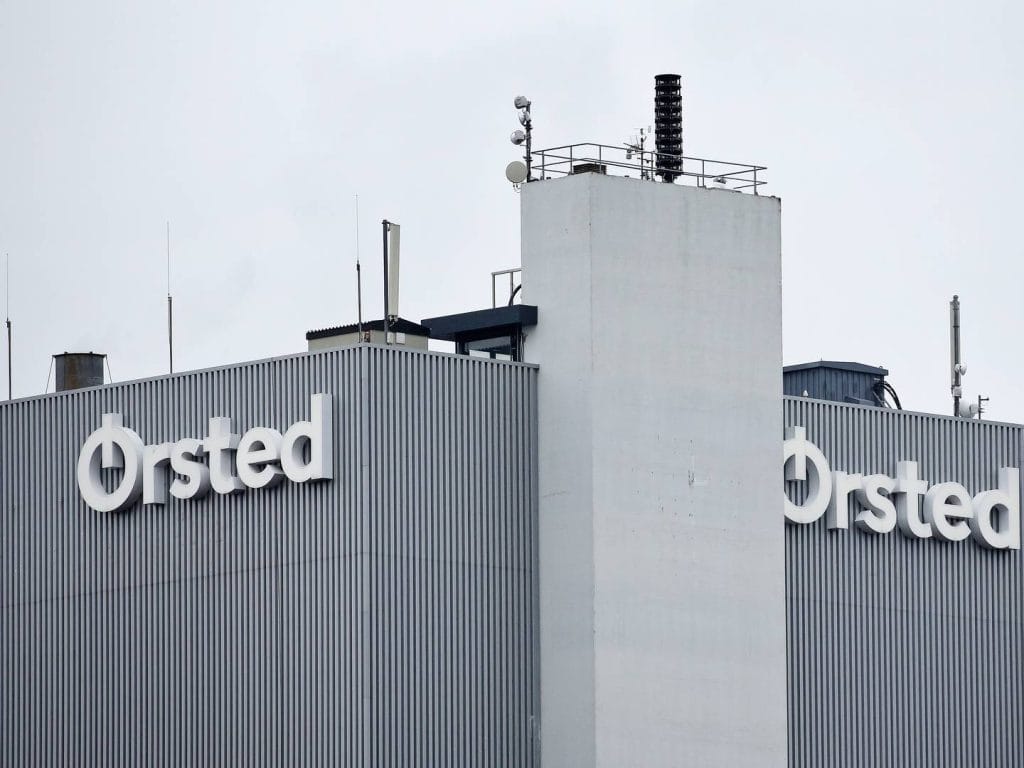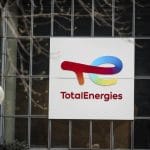Ørsted Becomes First Energy Major to Complete Full Green Transition

- Danish utility Ørsted will reduce its Scope 1-2 greenhouse-gas intensity by more than 98 % from its 2006 baseline and raise its renewable energy share to 99 %.
- The company has closed its last coal-fired combined heat and power plant in 2024, enabling the transition away from fossil fuels.
- With its science-based targets validated by the Science Based Targets initiative (SBTi) and full value-chain net-zero set for 2040, Ørsted’s transformation sets a benchmark for the energy sector.
Ørsted is set to become the first energy company in the world to fully complete its green transformation, meeting its 2025 science-based decarbonisation target with a 98 % reduction in Scope 1 and 2 emissions and a 99 % renewable energy share.
The Danish renewables major has spent over a decade shifting from one of Europe’s most fossil-fuel-intensive utilities to a global leader in offshore wind. The achievement, confirmed as world leaders gather in Brazil for COP30, positions Ørsted as the benchmark for what a complete energy-sector transition can look like in practice.
From Fossil Giant to Renewable Pioneer
Ørsted’s transformation began in 2009 with a decision to pivot its business away from oil, gas and coal towards wind, solar, and bioenergy. By 2017, the company had committed to phase out coal entirely, and in 2021 it became the first energy firm with a science-based net-zero target across its full value chain.
Since then, it has built more than 18 GW of renewable capacity, closed or converted all coal-fired plants, divested oil and gas assets, electrified its vehicle fleet, and sourced all operational electricity from renewables. The result is one of the sharpest decarbonisation trajectories in the global power sector—cutting operational emissions intensity to roughly 4 grams of CO₂ per kilowatt-hour.
Governance, Capital and Climate Alignment
The company’s transformation reflects a tight alignment between its executive governance, investment strategy and climate goals. Senior management accountability for decarbonisation is embedded in corporate performance metrics, while capital allocation has prioritised offshore wind build-out and supply-chain sustainability.
Ørsted’s ability to finance this transition through green bonds and public-private partnerships has made it a case study for investors seeking proof that large incumbents can pivot profitably to low-carbon business models. Its executives continue to emphasise the need for clear, predictable policy frameworks to sustain private-sector investment at scale—an issue now central to COP30 negotiations.
Beyond Scope 1-2: The Supply-Chain Challenge
While the completion of its operational decarbonisation is a landmark moment, Ørsted’s next challenge lies in Scope 3 emissions across its supply chain. The company has committed to a science-based 2040 net-zero goal, including deep cuts in emissions linked to steel, copper, and maritime fuels.
A new roadmap sets out collaboration with suppliers and industry partners to develop low-carbon materials and cleaner shipping solutions. These efforts aim to decarbonise the upstream and downstream components of offshore wind—an increasingly material issue for developers as embodied carbon in infrastructure comes under scrutiny.
RELATED ARTICLE: Ørsted Enters its First UK Solar Project – One Earth Solar Farm
What It Means for Executives and Investors
For corporate boards and investors, Ørsted’s journey demonstrates that rapid, science-aligned transformation is possible when strategy, incentives and policy support converge. The company achieved in 15 years what many utilities once viewed as a half-century transition.
Its progress also reframes how net-zero trajectories are judged: Scope 1 and 2 achievements now form the starting point, not the endpoint, of climate credibility. The harder work—cutting emissions embedded in supply chains and materials—will define leadership through 2040 and beyond.
A Blueprint Ahead of COP30
As COP30 unfolds, Ørsted’s transformation offers both inspiration and pressure. It shows that complete decarbonisation of power generation can be achieved within a single corporate cycle when regulation, finance and technology move together.
The company’s evolution from fossil utility to renewables leader provides a template for other national champions in Asia, Latin America and Africa still reliant on coal-based generation. Its success reinforces a simple but urgent message for policymakers and investors alike: rapid electrification through renewables is not only technically feasible—it is commercially viable when governments provide the right certainty.
With its 98 % emissions reduction and renewables share approaching 100 %, Ørsted has effectively completed its green transformation. The test ahead is whether the rest of the sector can follow its trajectory fast enough to keep the 1.5 °C target within reach.
Follow ESG News on LinkedIn












